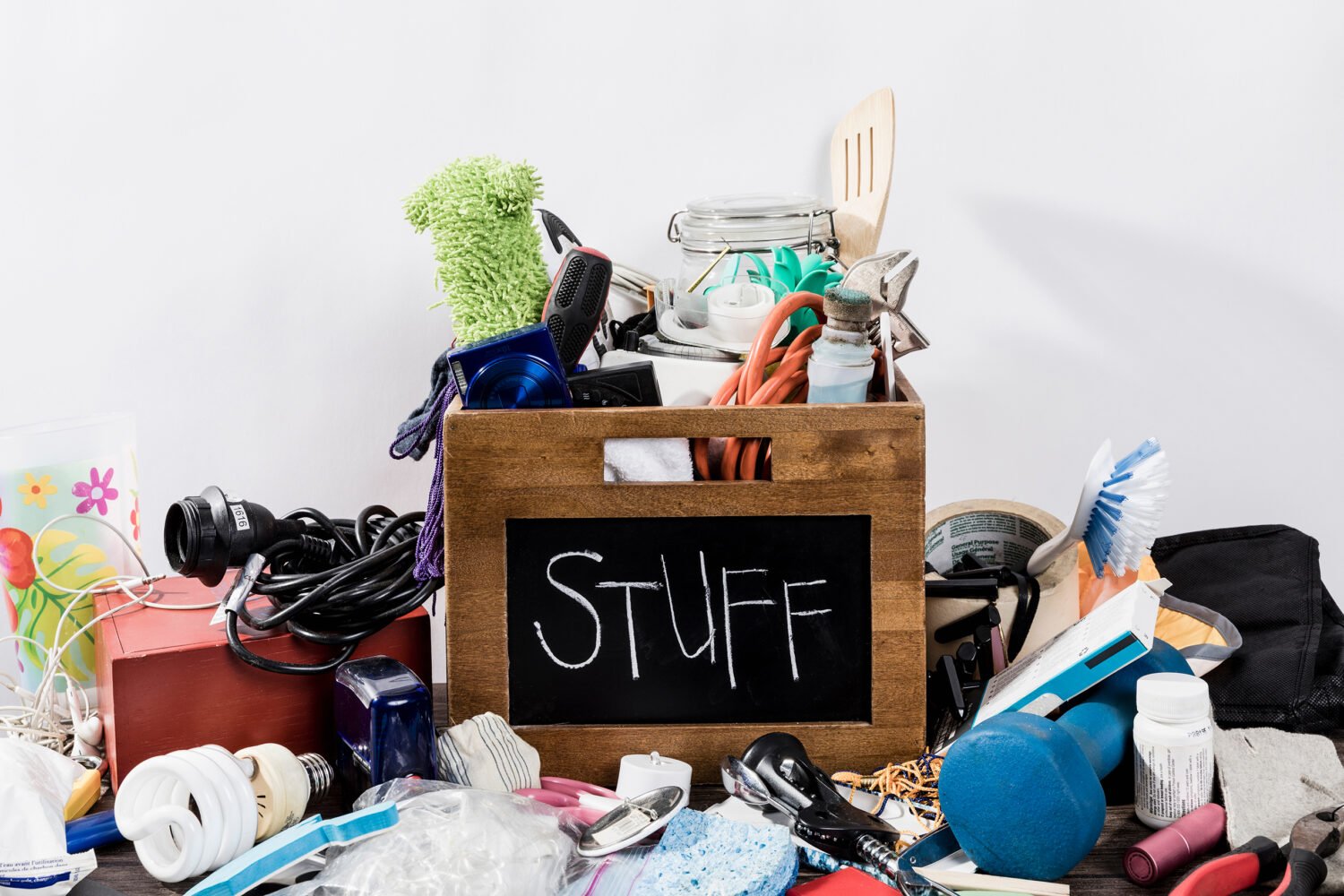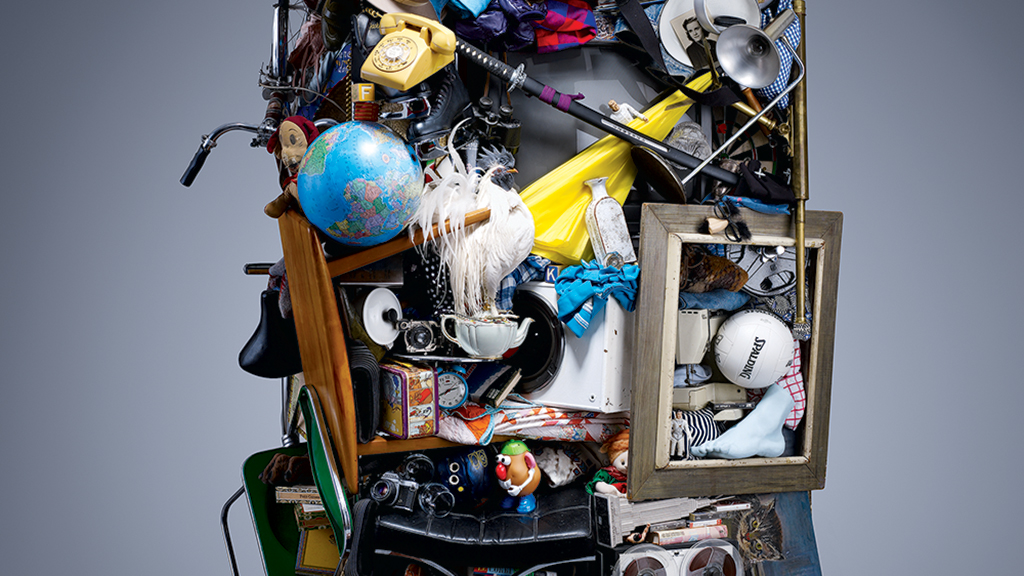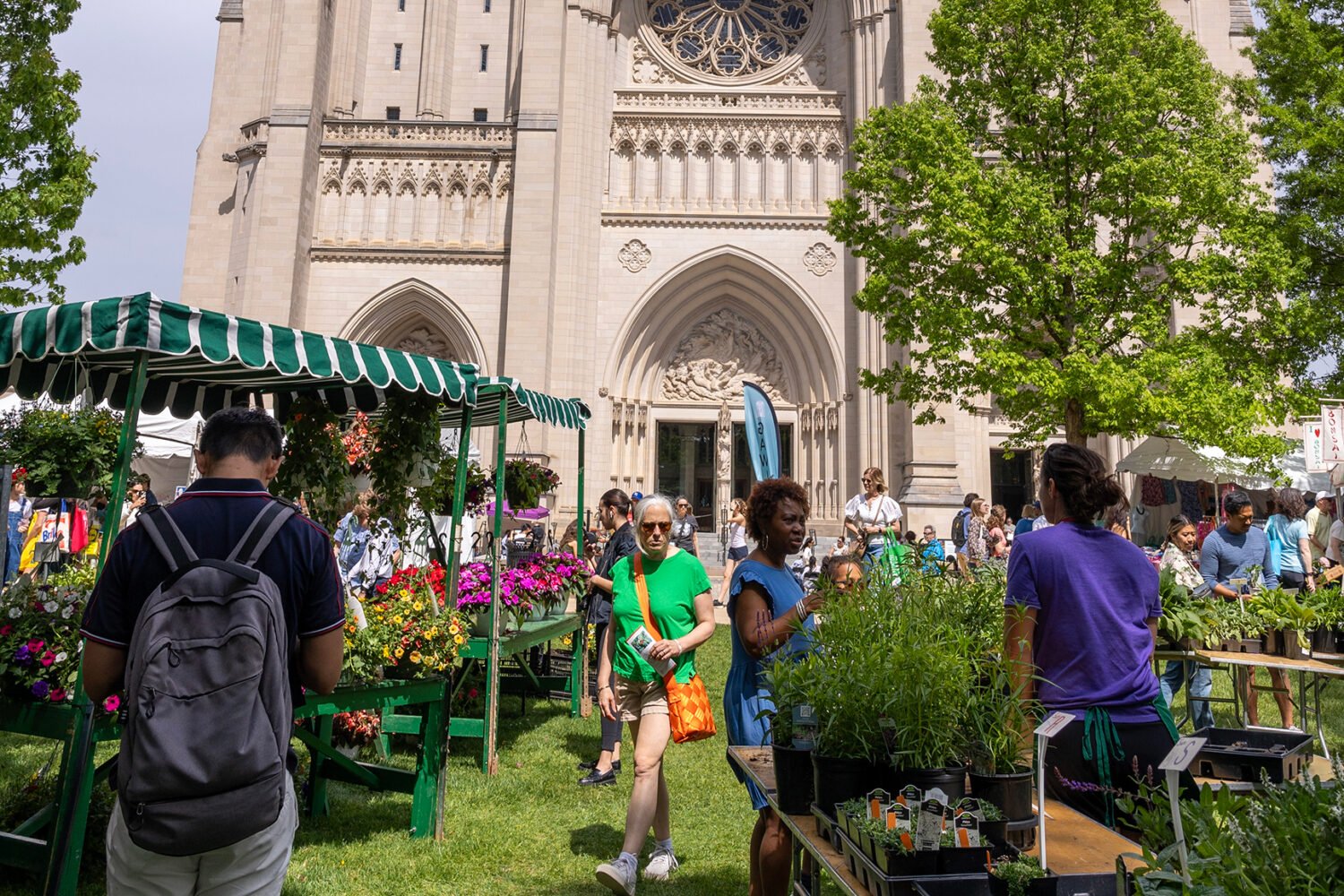To the list of things that became harder to get during the pandemic—aboveground pools, bicycles, camping gear—you can add Rolex watches.
To be fair, certain Rolex models, including the Submariner, the GMT, and the Daytona—which range from about $8,000 to more than $40,000, depending on whether they’re stainless steel, solid gold, or another metal—were tough to find before Covid-19. Yet a worldwide health and economic crisis hasn’t dimmed demand—in fact, more people seem to covet a luxury timepiece.
“The watch business is on fire,” says Matthew Rosenheim, president of Tiny Jewel Box. “There are parts of the business that have never been hotter. It’s that dramatic.”
Especially hot, he says, are high-end men’s stainless-steel watches by brands such as Rolex and Patek Philippe. And, for women, Cartier watches with diamond dials and bezels.
Rolex may be most in demand. “Rolex is number one,” says a jewelry-store manager. “Then there’s everything else.”
Why would the interest in luxury watches tick up at a time when wearing any kind seems superfluous?
“A lot of people are canceling trips and not dining out,” Rosenheim says. With that extra cash, “they want to do something to make themselves feel good.”
Consider a Rolex, however, delayed gratification. The wait for a Submariner or other stainless model can be months, if not more than a year—stoking conspiracy theories online that Rolex has been holding back supply to fuel the frenzy or that authorized dealers are allowing only good customers who have bought other jewelry to get dibs on a watch.
“The shortage is legitimately due to a growth in demand,” Rosenheim says, including from a burgeoning upper middle class in such places as China and India.
Apparently, Rolex can’t keep up. And the shortage no doubt is infectious.
“It is true that when you want something you can’t get, it makes you want it more,” Rosenheim says. “Chalk it up to human nature.”














